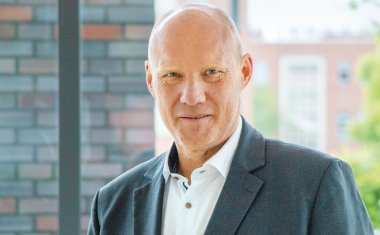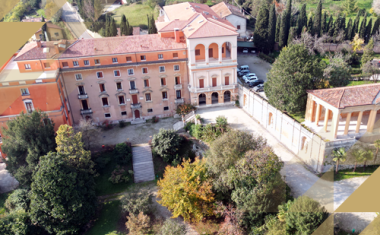Du Pont de Nemours: 40 years of innovations to protect people at work
Du Pont de Nemours: 40 years of innovations to protect people at work. DuPont Nomex, the heat resistant fibre used in products ranging from protective apparel to electrical insulat...
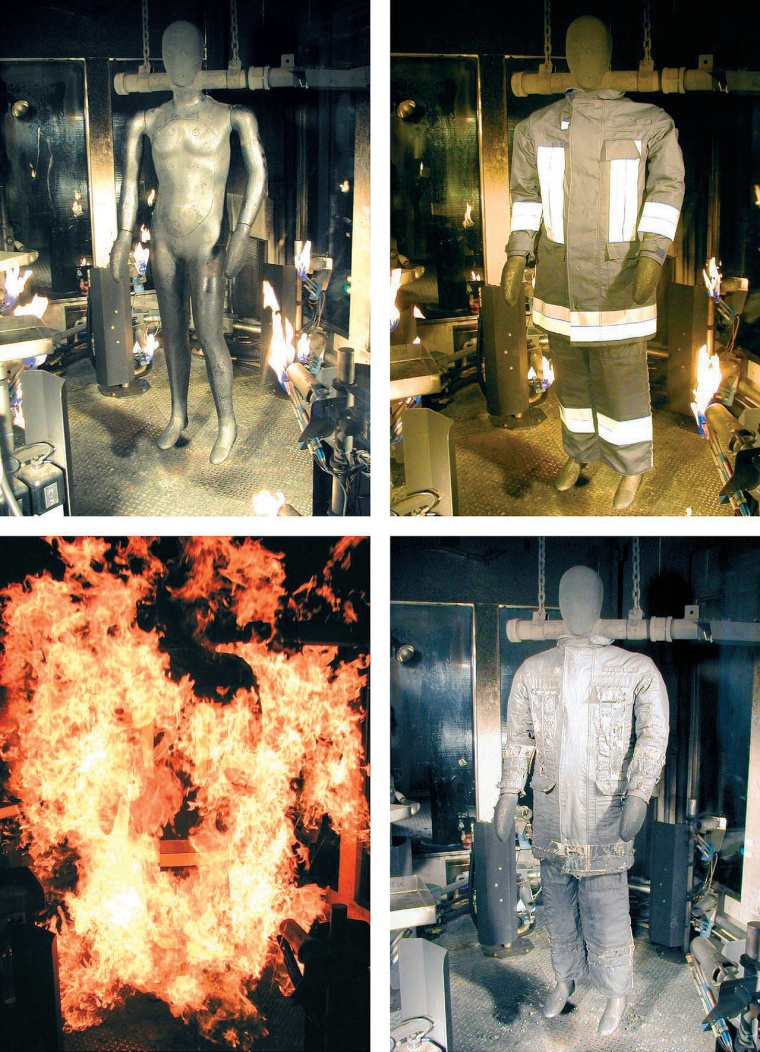
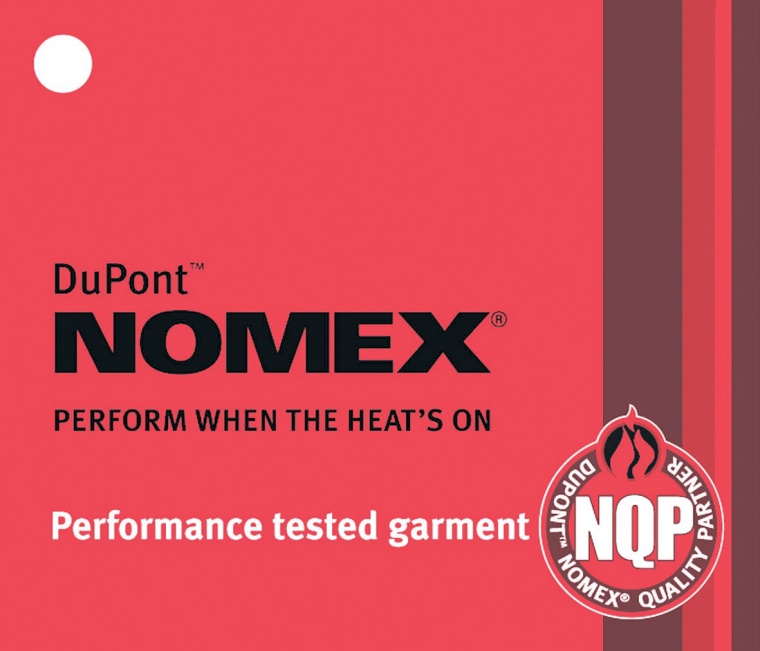
Du Pont de Nemours: 40 years of innovations to protect people at work. DuPont Nomex, the heat resistant fibre used in products ranging from protective apparel to electrical insulation, marks its 40th anniversary this year. The fibre, is an inherently flame-resistant, high-temperature fibre that will not melt, drip or support combustion in air. It provides outstanding chemical resistance across a diverse range of applications and is offered in paper, felt, fabric and fibre forms, but it is perhaps best known as a critical component in protective apparel.
Due to its unique combination of flame protection, durability and mobility, today more than three million fire fighters around the world are protected by turnout gear, station wear and accessories made of the fibre. The fibre is also used in apparel worn by military pilots and combat vehicle crew; auto racing drivers, pit crew members and track officials; and industrial workers at risk from flash fire and electric arc hazards.
William J. Harvey, vice president and general manager of DuPont Advanced Fibers Systems said, „The world is a safer and more energy efficient place as a result of Nomex and its innovative applications. Over four decades, the brand has become synonymous with safety and protection. We continue to invest aggressively in the development of new applications to help solve the world‘s evolving needs.”
The History
DuPont introduced the fibre in woven and nonwoven forms in 1967. While it grew out of fundamental R&D work done by Paul Morgan and Stephanie Kwolek, Wilfred Sweeny unveiled the discoveries leading to the final development at the DuPont Experimental Station in Wilmington, USA (the company‘s global R&D headquarters). Building on the earlier research, Sweeny found a way to make a high-molecular-weight product that could be spun into a tough crystallisable fibre that possessed outstanding thermal and flame-resistant properties.
In 2002, Sweeny was recognised for his contributions with a Lavoisier Medal, the highest honour of science excellence awarded by DuPont. Committed to continuing to deliver innovation and strong customer service, the company last year announced a US$100 million global expansion plan to increase worldwide capacity for Nomex and support exciting new applications.
Over the last 40 years safety innovations have included:
- Thermal Assessment: Equipment to measure the performance of thermal protective apparel when exposed to fire, i.e. the DuPont Thermo-man, Arc-Man and Molten Metal Man.
- Nomex Metal Pro - a multi-component protective yarn (patent pending), using a new type of fibre with inherent flame-resistance and Kevlar fibre.
- Nomex Tough Plus – a new outer fabric with low surface weight and improved thermal properties.
- Increased comfort in garments brought into the market via Du-Pont’s NQP partners and new colours.
Manufacturing Partner Network
To ensure the quality of heat protective garments, DuPont is establishing a Nomex Quality Partner (NQP) network in Europe. Together with DuPont, a select number of spinners, fabric and garment producers will form closer product development and marketing links to deliver high performance heat and flame protective garments for use in Europe.
According to Véronique Bernat, EMEA Industrial Marketing Manager, “Western Europe leads the world in many aspects of health and safety and this is reflected in both legislation and user expectations. It’s a challenging but potentially profitable growth opportunity for high quality products that combine outstanding performance with value. As markets become more demanding, the close alignment of supply chain resources is increasingly important to competitive success. DuPont expects the NQP network to include between 30 and 40 suppliers who share its commitment to quality and service, and that its development will get the benefits of innovation to the marketplace in efficient, cost-effective ways.”
“Our partners have long-standing relationships with European end users and detailed knowledge of their needs”, says Véronique Bernat. “We bring a global perspective and unique competence in high-tech fibre science. The NQP approach will enable us to jointly anticipate and meet future market challenges with speed and insight.”
NQP partners will have privileged access to innovation and Du-Pont’s technical expertise and its state-of-the art product testing facilities, including the unique Thermo-Man and Arc-Man instruments that enable the quality and performance of finished garments to be precisely monitored. Garments that meet DuPont performance standards will be identified by the NPQ Seal on new labels.
These indicate not only that the fabric used in construction meets or exceeds international standards for heat and flame protection, but also that the finished product has been extensively tested so buyers can be confident about superior performance in use.
Contact:
Carmen Engels
Du Pont de Nemours,
S.à.r.l., Luxembourg
Tel.: +352 3666 5801
Fax: +352 3666 5071
carmen.engels@lux.dupont.com
www.dpp-europe.com
most read

GIT SECURITY AWARD 2026 - The winners have been announced!
GIT SECURITY AWARD 2026: The best safety and security solutions of the year - now an overview of all winners

When the Internet stumbles: Why DNS is important
When DNS fails, the internet stumbles-AWS outage proves resilience and redundancy are vital for digital trust

Security management, building security & perimeter protection: the winners of category E at the GIT SECURITY AWARD 2026
GIT SECURITY AWARD 2026: Security management, building security & perimeter protection - an overview of the most innovative solutions
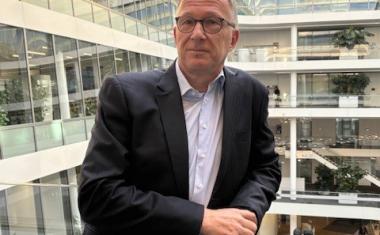
VIP-Lounge Interview: Marco Mille, Global Head of Security, Siemens AG
VIP in the World of Security: Marco Mille, Global Head of Security at Siemens AG

Is Your Venue Ready for Martyn’s Law?
Martyn’s Law demands stronger security by 2027. Is your venue prepared to protect and respond?

